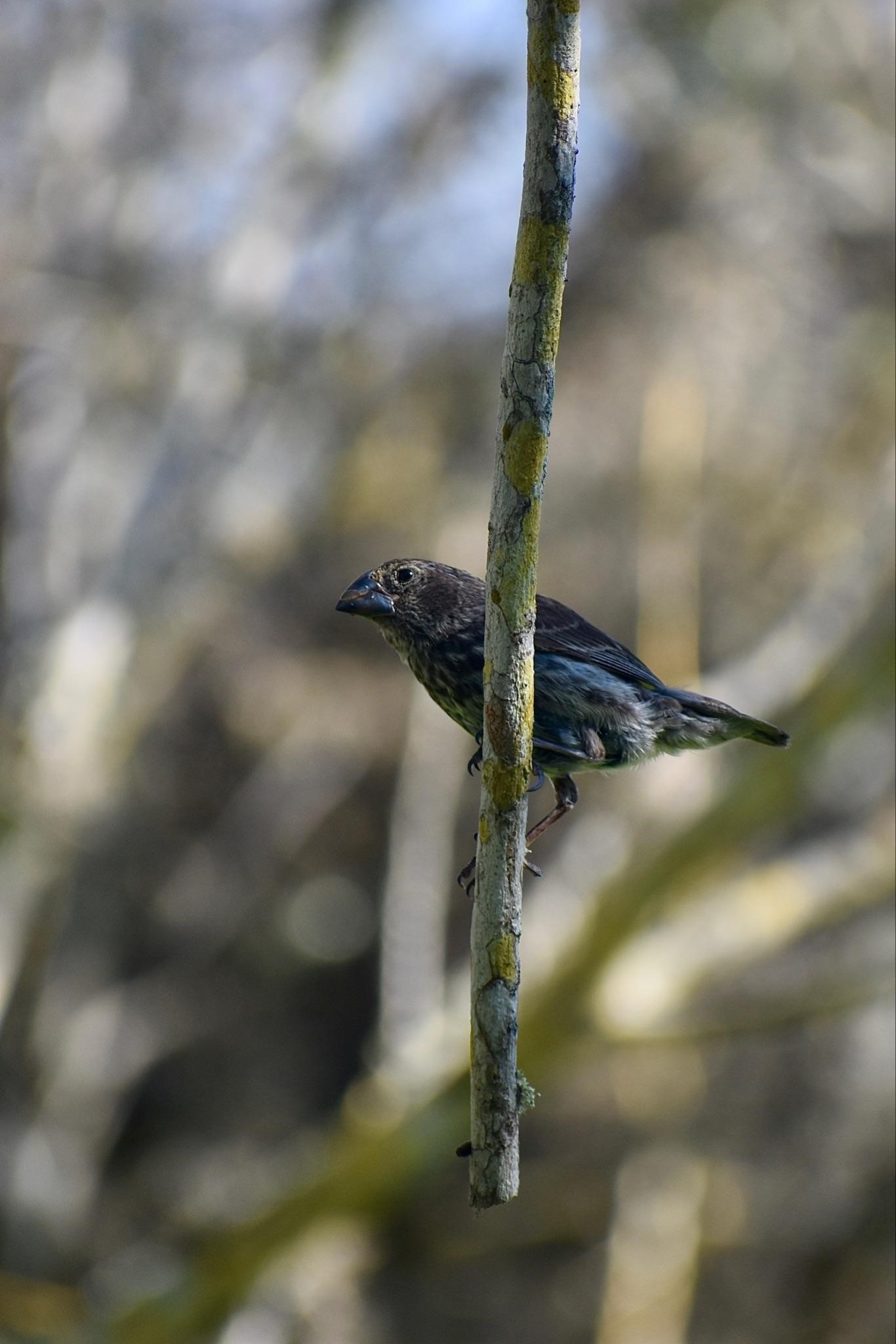
Welcome
Welcome to the official website of the Doñana Biological Station (EBD-CSIC)...

The Doñana Biological Station: EBD-CSIC
The Doñana Biological Station is a public Research Institute belonging to the Spanish Council for Scientific Research CSIC in the area of Natural Resources...

Mission
Our fundamental mission is to carry out multidisciplinary research of the highest standard directed to understanding the way in which biodiversity is generated, maintained and deteriorates, as well as the consequences of its loss...

Our methods
We apply many techniques within a multidisciplinary framework, from molecular genetics to remote sensing, and from modelling to physiological and isotopic analyses...

Monitoring the environment
Monitoring biodiversity at the Doñana Natural Space cover a wide range of communities, including both terrestrial and aquatic organisms...

Aims
Our aims include the study of the ecological and evolutionary processes by combining field work, mathematical and statistical models and physiological and genetic analysis...
 Outstanding
Outstanding
-
 Open Call for Research Projects in ICTS-Doñana!
Open Call for Research Projects in ICTS-Doñana! -
 La Fundación Jaime González-Gordon ofrece cuatro becas para el desarrollo de Trabajos de Fin de Máster sobre Doñana
La Fundación Jaime González-Gordon ofrece cuatro becas para el desarrollo de Trabajos de Fin de Máster sobre Doñana -
 Five contracts to carry out a doctoral thesis in the Doñana Biological Station - CSIC
Five contracts to carry out a doctoral thesis in the Doñana Biological Station - CSIC -
 Actividades de la Estación Biológica de Doñana en la Noche Europea de los Investigadores
Actividades de la Estación Biológica de Doñana en la Noche Europea de los Investigadores -
 ICTS-RBD prepares the 30th Migratory Passerine Bird Ringing Campaign in Doñana
ICTS-RBD prepares the 30th Migratory Passerine Bird Ringing Campaign in Doñana
 News
News
Darwin’s finches are not completely adapted to their environment
Almost two decades of scientific research in the Galapagos Islands concludes that a diverse landscape favours the evolution and persistence of different species of Darwin's finches.
The results show that the species studied have not yet reached their full potential on the evolutionary ladder
How new species form remains one of evolutionary biology's great mysteries: when ancestral populations become isolated from each other, and then split into different groups, at which point do they become distinct species? A global team of biologists led by McGill University and with the participation of the Estación Biológica de Doñana (EBD-CSIC), have compiled nearly two decades of field data to uncover how plant or animal species might adjust over time to changing environmental conditions. The results have been recently published in the journal Evolution.
The researchers used data on four Darwin's finches of the Galápagos Islands, which all evolved from a single common ancestor about 1.5 million years ago. The results of the study, published in the journal ‘Evolution, revealed that a diverse habitat on the islands—which includes a different type of food resources– ultimately favours the evolution and persistence of diverse finch species. They also found that finch species have yet to reach their full potential on the evolutionary ladder.
"Biological species are diverse in their shape and functions mainly because individual traits such as beaks are selected by the environment in which the species are found," said Marc-Olivier Beausoleil, from McGill University and lead author of the study. "When a trait is at a disadvantage due to a mismatch between this trait and its environment, it will no longer be carried on in future generations".
The researchers constructed a detailed "fitness landscape" which links variation in observable traits with fitness values such as lifespan. "Using the metaphor of mountains on a topographic map, populations that scored higher based on these fitness values are represented by tall mountains, and those that scored lower, valleys", explains Carlos Camacho, a researcher at Estación Biológica de Doñana and co-author of the study.
Room to grow
Surprisingly, the research team found that the different species of finches studied have not reached the top of their fitness ‘mountain', suggesting that the population can further evolve to reach their full potential. However, there might be some genetic constraints preventing the populations from reaching their fitness peaks.
Another crucial aspect of fitness landscapes is uncovering how plant or animal species might adjust over time to changing environmental conditions, the researchers say. "This is because the environment organisms are experiencing is changing as well, meaning that the mountains on the fitness landscapes are moving too while natural selection on individuals make the populations appear to ‘trek' the top of the mountains," said lead author Marc-Olivier Beausoleil.
Estimating such fitness landscapes in wild populations has proven difficult until now, the researchers say. For the first time, the authors built a fitness landscape using individual Darwin's finches caught in their natural environment. They were able to confirm the evolutionary traits that contributed to the finch species' fitness, as well as how the fitness landscape is a useful tool to help scientists understand how new species are formed.
Referencia:
Beausoleil, M.-O., P. L. Carrión, J. Podos, C. Camacho, J. Rabadán-González, R. Richard, K. Lalla, J. A. M. Raeymaekers, S. A. Knutie, L. F. De León, J. A. Chaves, D. H. Clayton, J. A. H. Koop, D. M. T. Sharpe, K. M. Gotanda, S. K. Huber, R. D. H. Barrett, and A. P. Hendry. The fitness landscape of a community of Darwin's finches. Evolution 2023. DOI: 10.1093/evolut/qpad160
Contacto:
prensa @ ebd.csic.es
doi.org/10.1093/evolut/qpad160
